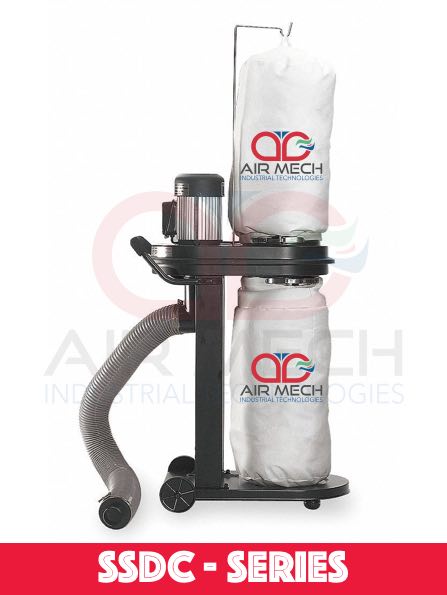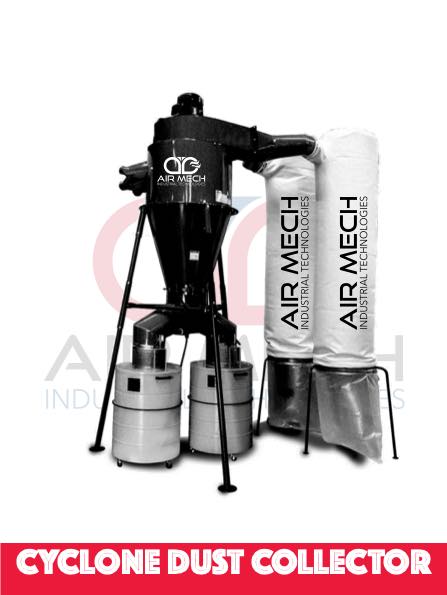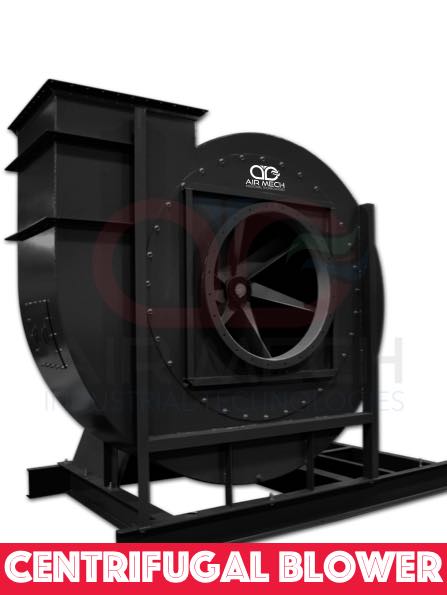What is Abrasive Blasting Dust?
Abrasive blasting dust, also known as blasting media dust or abrasive dust, is a byproduct generated during the process of abrasive blasting. Abrasive blasting, commonly referred to as sandblasting, is a technique used to clean, strip, or prepare surfaces by forcibly propelling abrasive materials against them at high speeds using compressed air or water pressure. The abrasive media, which can include materials such as sand, glass beads, steel grit, or walnut shells, impacts the surface to remove contaminants, corrosion, old coatings, or unwanted material.
During abrasive blasting, the kinetic energy of the abrasive particles hitting the surface causes the removal of the targeted material, resulting in the generation of fine dust particles. This dust consists of tiny airborne particles of the abrasive media, as well as any surface contaminants or coating residues dislodged during the blasting process.
Abrasive blasting dust can pose various health and safety hazards to workers if proper precautions are not taken. The inhalation of airborne dust particles can lead to respiratory issues, such as irritation of the nose, throat, and lungs, as well as more severe conditions like silicosis, a lung disease caused by inhaling crystalline silica dust. Additionally, abrasive blasting dust can cause eye irritation, skin abrasions, and pose a fire or explosion hazard if it contains combustible materials.
To minimize the risks associated with abrasive blasting dust, it’s essential to implement effective dust control measures, such as using enclosed blasting cabinets or booths equipped with ventilation systems to capture and remove airborne particles. Personal protective equipment (PPE), including respirators, goggles, and protective clothing, should be worn by operators to prevent inhalation or contact with abrasive dust. Regular cleaning and maintenance of blasting equipment and work areas are also crucial to control dust emissions and ensure a safe working environment. Additionally, choosing appropriate abrasive media and adjusting blasting parameters can help reduce dust generation and optimize blasting efficiency.
Health Risk of Abrasive Grinding Dust?
Health risks associated with abrasive blasting dust primarily stem from the inhalation of airborne particles generated during the blasting process. These particles can vary in size, composition, and toxicity depending on the abrasive media used and the surface being blasted. Some of the key health risks associated with abrasive blasting dust include:
Respiratory Issues: Inhaling abrasive blasting dust can irritate the respiratory system, leading to symptoms such as coughing, wheezing, shortness of breath, and chest tightness. Prolonged exposure to airborne particles may cause or exacerbate respiratory conditions such as asthma, bronchitis, and chronic obstructive pulmonary disease (COPD).
Silicosis: Abrasive blasting with materials containing crystalline silica, such as sand, quartz, or granite, poses a significant risk of silicosis—a debilitating and potentially fatal lung disease caused by the inhalation of silica dust. Silicosis results in the formation of scar tissue in the lungs, impairing respiratory function and increasing the risk of other respiratory ailments.
Lung Damage: Inhalation of abrasive blasting dust can lead to lung damage, including inflammation, fibrosis (scarring), and impaired lung function. Severe or prolonged exposure to high concentrations of abrasive dust particles can cause irreversible damage to lung tissue, compromising respiratory health and overall well-being.
Eye and Skin Irritation: Contact with abrasive blasting dust can cause irritation, abrasions, or chemical burns to the eyes and skin. Dust particles propelled at high velocity during blasting can also cause physical injury, such as corneal abrasions or lacerations, if appropriate eye protection is not worn.
Allergic Reactions: Some individuals may develop allergic reactions or sensitivities to certain abrasive materials or dust components used in the blasting process. These reactions can manifest as skin rashes, dermatitis, or respiratory symptoms upon exposure to abrasive dust particles.
Hearing Damage: In addition to respiratory hazards, abrasive blasting operations can generate high levels of noise, which may exceed recommended exposure limits and contribute to hearing loss over time if adequate hearing protection is not worn.
Actions for Safety Grinding Dust?
Implement effective dust control measures, provide appropriate personal protective equipment (PPE), conduct regular monitoring of airborne dust levels, and ensure proper training and education on safe work practices. Additionally, substitution of less hazardous abrasive materials, automation of blasting processes, and engineering controls such as local exhaust ventilation can help minimize dust exposure and protect the health and safety of workers.





